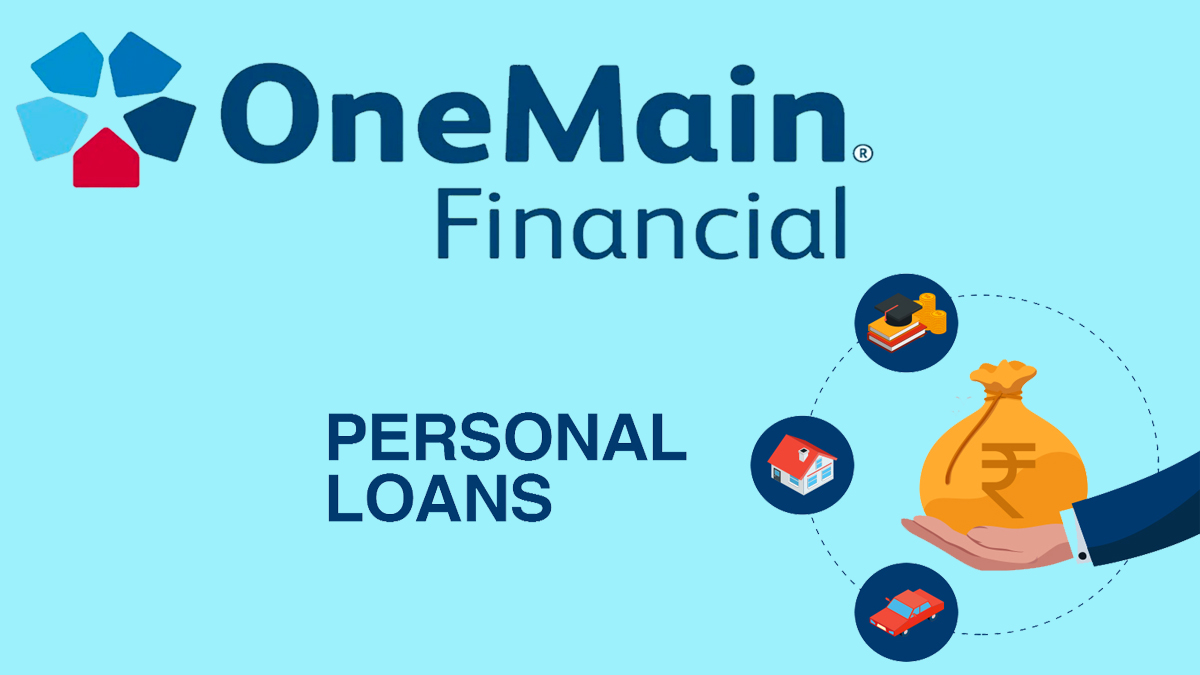Working Capital Loan – In the dynamic world of business, having access to liquidity is essential. Companies often need quick access to funds to sustain operations and seize growth opportunities.

This is where working capital loans come into play. These loans serve as a financial tool, providing businesses with the flexibility and security needed to innovate, sustain, and expand.
In reality, companies across various industries, from established enterprises to emerging startups, may encounter periods where the balance between expenses and revenues becomes uneven.
During such times, a working capital loan can serve as a valuable solution, helping businesses address financial challenges and pursue growth opportunities.
This article aims to simplify the complexities surrounding working capital loans and provide a comprehensive understanding of this financing option.
What Is A Working Capital Loan?
A working capital loan is a type of financing commonly sought by businesses to cover their day-to-day operational expenses. Unlike loans for long-term investments or capital expenditures, working capital loans provide funds for short-term financial needs.
Essentially, these loans are designed to help businesses manage cash flow gaps resulting from factors such as slow-paying accounts receivable, seasonal fluctuations in demand, and inventory management.
By securing a working capital loan, businesses ensure they have sufficient cash on hand to meet immediate and short-term obligations, including payments to suppliers, payroll, rent, and utility bills.
How Does It Work?
The way a capital loan works shares similarities with other types of loans and serves comparable purposes. However, one notable distinction is that it’s commonly utilized by businesses.
As a business owner, you can apply for funds either as a line of credit or a lump sum. Repayment typically spans from 6 to 24 months, with lenders sometimes requiring daily, weekly, or bimonthly payments.
Additionally, working capital loans come in various forms. If your business experiences slower months, you can consider this type of loan to bridge the gap.
It also allows you to negotiate discounts with suppliers and tackle short-term projects more easily.
Types Of Working Capital Loan
Here are the various types of working capital loans you may encounter when searching for one that aligns with your requirements:
- Merchant cash advances.
- Term loans.
- Business lines of credit.
- Invoice financing.
- Asset-based loans.
- Business credit cards.
- SBA loans.
- Overdraft protection.
- Trade credit.
However, it’s important to note that each of these loans has its own set of advantages, disadvantages, and specific use cases, so it’s crucial to choose wisely.
Pros And Cons
Just like other types of loans, working capital loans come with both advantages and disadvantages that may lead you to reconsider your decision to apply.
However, it’s important to weigh these factors, as they will aid in determining whether it’s the optimal choice for your situation. Thus, here are the pros and cons of applying for a working capital loan:
Pros
- Flexibility.
- Having ownership.
- Increased cash flow.
- Growth opportunities.
- Operational stability.
Cons
- Debt responsibilities.
- It is a short-term solution.
- Interest and fees.
- Possible mismanagement.
- Collateral required.
When determining if a working capital loan is a good idea for you, you should assess your financial situation, your ability to handle debt repayment, and the cost of borrowing.
How To Apply For A Working Capital Loan
This process involves multiple steps, and the specific requirements can also differ from lender to lender. However, if you are interested, here are the general steps you can follow:
- Consider your financial eligibility and needs.
- Select the right working capital loan.
- Prepare the required details.
- Begin the application process.
- Wait for approval and finalize the loan.
Consider Your Financial Eligibility And Needs
Before you even apply for a working capital loan, you must consider and evaluate your financial needs and eligibility. For instance, find out why you need the loan, and check your financials as well as your eligibility criteria.
Select The Right Working Capital Loan
Next, select the perfect type of working loan. As stated before, there are different types of working capital loans with various features, eligibility requirements, and purposes. So, you need to choose a working capital loan based on your purpose of use and needs.
Prepare The Required Details
It is important to always be prepared. Thus, make sure that all the necessary documentation for the loan application is ready. However, keep in mind that the required details vary by lender as well.
Begin The Application Process
Once you have chosen the perfect loan type and found the perfect lender, you can now begin the application process. Fill out the application form and submit all the necessary information.
Wait For Approval And Finalize The Loan
Finally, await approval before finalizing the loan, as this timeline can vary depending on the lender. Approval for a working capital loan may take anywhere from a few hours to several weeks.
Once approved, carefully review the loan offer, and if the terms and conditions meet your satisfaction, proceed to accept it.



